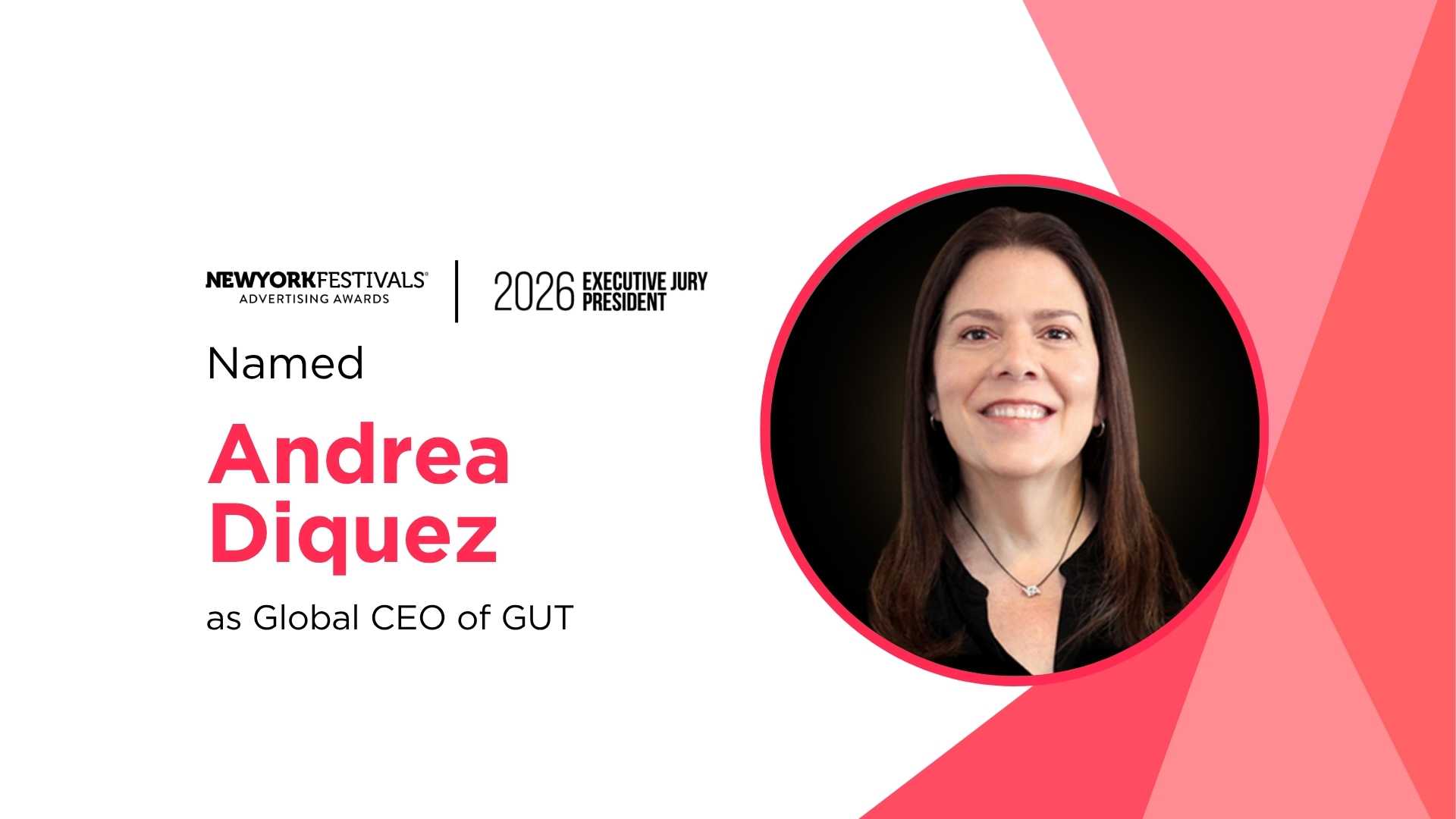If 2024 was the year Google embraced AI-powered creativity, 2025 is shaping up to be the year it doubled down on AI policing. StubGroup’s newly released Google Ads Suspension Report 2025 paints a stark picture of an ecosystem where more advertisers than ever are being locked out—even as Google encourages them to generate more, faster, and often with the help of Google’s own AI tools.
The numbers are staggering: 39.2 million advertiser accounts suspended in 2024, a 208% leap from the previous year. Combine that with billions of blocked or restricted ads, increasingly automated judgments, and slower appeal windows, and the message is clear: Google’s AI is in full command of the enforcement stack.
For brands, especially ecommerce businesses already navigating thin margins and high acquisition costs, the stakes have never been higher.
A Dual Reality: Create More with AI, Get Suspended by AI
Google’s 2025 strategy seems oddly contradictory. On one hand, the company launched Asset Studio, a centralized AI creative hub promising faster, scalable ad asset production for every marketer. On the other, the company’s automated enforcement systems have never been more aggressive—or less forgiving.
This tension is the centerpiece of StubGroup’s report. Using Google’s own public figures plus proprietary data from thousands of advertiser accounts, the report outlines a world where creativity is encouraged but compliance is increasingly decided by algorithms that rarely explain themselves.
Key Enforcement Stats from the Report:
- 39.2 million advertiser accounts suspended in 2024 (up from 12.7M in 2023).
- 5.1 billion ads blocked or removed, with another 9.1 billion restricted.
- Up to 11.7 million Google Merchant Centers suspended, disproportionately impacting ecommerce sellers.
- 32-day median appeal time, during which most businesses suffer irreversible revenue loss.
- Top suspension triggers of 2025:
- Circumventing Systems: 38%
- Suspicious Payment Activity: 38%
- Misrepresentation: ~90% of all GMC suspensions
It’s an uncomfortable juxtaposition: Google is simultaneously empowering marketers with generative tools and policing them harder with generative enforcement.
Why Timing Is Everything
Asset Studio is built to streamline creativity, letting advertisers instantly generate visuals, videos, and asset variations. For time-strapped in-house teams, that’s a gift.
But StubGroup argues the timing is no coincidence. As advertisers scale content through AI, Google is tightening detection systems to prevent spam, fraud, and low-quality ad experiences. The result: more edge cases, more false flags, and more advertisers caught in the crossfire.
And when algorithms take the lead, nuance often takes a back seat.
“Google has significantly increased its use of AI to enforce advertising policies,” says John Horn, CEO of StubGroup. “At the same time that Google is rolling out new AI tools to help advertisers create campaigns, its enforcement systems have become less forgiving.”
The Human Toll: Automation Doesn’t Ask Questions
Behind the billions of blocked ads are real brands losing real money.
StubGroup highlights two cases emblematic of the broader trend:
- A new ecommerce brand was suspended for Misrepresentation, despite being fully legitimate. After reconstructing trust signals, the “permanent” ban was reversed.
- A 13-year-old established business was suspended for Unacceptable Business Practices, costing tens of thousands per day. A thorough audit and appeal restored access.
These cases are the lucky ones. Many businesses lack the time, expertise, or financial runway to survive weeks—or months—of appeals.
The Market Impact: What It Means for Advertisers in 2025
With enforcement rapidly scaling, Google Ads is becoming a higher-risk platform, especially for early-stage ecommerce brands and merchants dependent on Google Merchant Center for visibility.
The long-term industry implications:
- Greater dependency on compliance specialists
- Higher operating costs for small and mid-size advertisers
- Increased centralization of ad spend among brands with the resources to stay compliant
- A growing divide between automated creativity and automated punishment
Meanwhile, rival ad ecosystems—Meta, Amazon, TikTok—are watching closely. As Google sharpens its AI enforcement, competitors may differentiate with more transparent or flexible moderation systems.
How to Stay Safe: Practical Steps for an AI-Enforced Era
StubGroup concludes its report with a set of strategies designed to help advertisers stay ahead of policy pitfalls:
1. Vet Every Creative—Even AI-Generated Ones
AI tools can accidentally produce content that violates policy. Review everything manually.
2. Secure Your Accounts
Use 2FA and strong internal security to prevent anomalies that look like fraud.
3. Keep Payment Methods Clean
Avoid shared credit cards, cross-account payment setups, or reusing billing methods.
4. Strengthen Trust Signals
Robust online presence, third-party reviews, and clear business information reduce misrepresentation flags.
5. Audit Everything Regularly
Site, landing pages, merchant feeds, and ad account structures should be checked for compliance early and often.
The Bigger Picture
The digital advertising industry is entering a new phase—one defined not only by AI-driven creativity but by AI-driven control. Advertisers who balance both sides of that equation will thrive. Those who don’t may find themselves locked out without warning.
With Google’s 2025 enforcement stance, compliance isn’t just a best practice. It’s a survival strategy.



